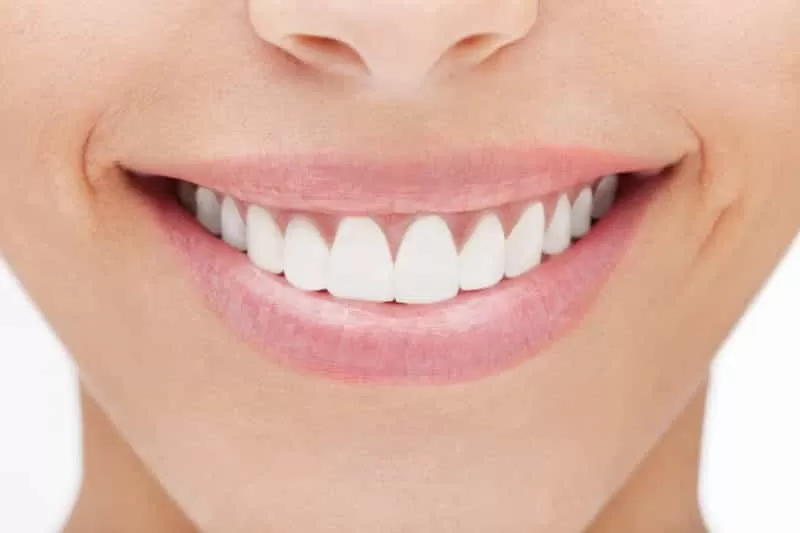
Have you thanked your Dental Hygienist lately? If you haven’t, there’s no time like the present to express your thanks. After all, October is National Dental Hygiene Month, a time when we celebrate the vital role Hygienists play in America’s oral health. From that first cleaning at age three long into seniorhood, Dental Hygienists are the first and most common professionals patients see within the oral health care industry. To celebrate, we’re doing our part by educating the public on “need to know” oral healthcare information. Let’s get ready to smile!
Do The Daily 4
Part of the main campaign for National Dental Hygiene Month is “Do The Daily 4.” This title is a reference to the four most important daily tasks everyone should do to achieve ideal oral health:
- Brushing your teeth
- Flossing your teeth
- Rinsing with mouthwash
- Chewing sugarless gum
Individually, each of these actions can significantly improve your oral health. Put them together and you get an oral health powerhouse that’s remarkably effective at reducing periodontal disease and cavities!
Brushing Your Teeth
Around seven out of 10 Americans already brush their teeth at least once per day, but is that really enough? Studies show is that most people should be brushing at least two to three times per day. Any more is excessive, any less is not enough.
Furthermore, there are right and wrong times to brush, and if you’re brushing at the wrong times, you may be doing more harm than good. That’s complicated!
Let’s break everything down a bit:
- You should brush two to three times per day.
- Always use a fluoride-containing
- Brush for approximately three minutes each time.
- Brush while listening to “Staying Alive” if you need help with timing.
- Brush your teeth at a 45-degree angle, going both up and across.
- Brush at the front, back, sides, and surface. Then, brush your tongue, too.
- Avoid brushing after acidic foods and drinks. Instead, wait 15 minutes, then brush.
Finally, the last and most important tip: bleeding gums are often cause for at least some concern. Try a softer brush to start. If the bleeding persists each time you brush, see your dentist for advice — you may have gingivitis!
Flossing Your Teeth
In an ideal world, patients should floss their teeth just as often as they should brush. Try to keep a roll of dental floss on you at all times. Use it to remove debris and bits of food that become stuck between teeth. If you can’t floss or you’re simply too busy, try to at least floss before bed.
Can’t stand the taste of floss? Try a cinnamon or mint-flavored floss instead. For kids, try bubblegum or grape!
To floss properly, take an 18-inch piece of floss and wind it around two fingers so that you can pull it tight. Slide the tightly pulled section gently between your teeth, working all the way to the base and back up again. If you experience serious resistance, stop — teeth that are very close to each other may not allow you to reach the base. Most importantly, never saw the floss against your gums. This will cause bleeding and serious irritation.
What’s the risk of refusing to floss? According to dental research, those stuck bits of food can increase your likelihood for cavities and periodontal disease.
Rinsing with Mouthwash
The American Dental Association (ADA) recommends that all Americans over the age of six rinse after brushing and flossing with a good, ADA-supported therapeutic mouthwash. When used regularly, these mouthwashes can remove debris and plaque located in hard-to-reach places, like behind the molars and at the gum line. ‘
Although the brand of mouthwash you use matters less than whether or not it’s a therapeutic mouthwash (not cosmetic), the ADA does recommend that patients only use products marked with the ADA Seal of Acceptance. This seal verifies that the company making the product has provided the ADA with scientific data that supports the mouthwash as therapeutic. They also recommend avoiding mouthwashes that contain alcohol, as other formulas work just as well with fewer side effects.
To use mouthwash, follow the instructions on your mouthwash bottle. Hold the rinse into your mouth and swish it around for at least 30 to 60 seconds. Then, spit it out completely. Never swallow mouthwash, even if it doesn’t contain alcohol — doing so can cause intense nausea and stomach pain.
In Conclusion
You can do your part for National Dental Hygiene Month by being a good dental patient! Schedule an appointment with your Dental Hygienist if you haven’t had a cleaning in a while. Brush often and regularly following the instructions in this dental hygiene guide. Most importantly, share what you know with those you love, whether it’s your little ones, your family, or even just friends!

 info@burtsrx.com
info@burtsrx.com